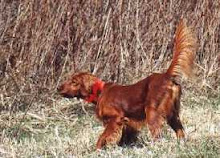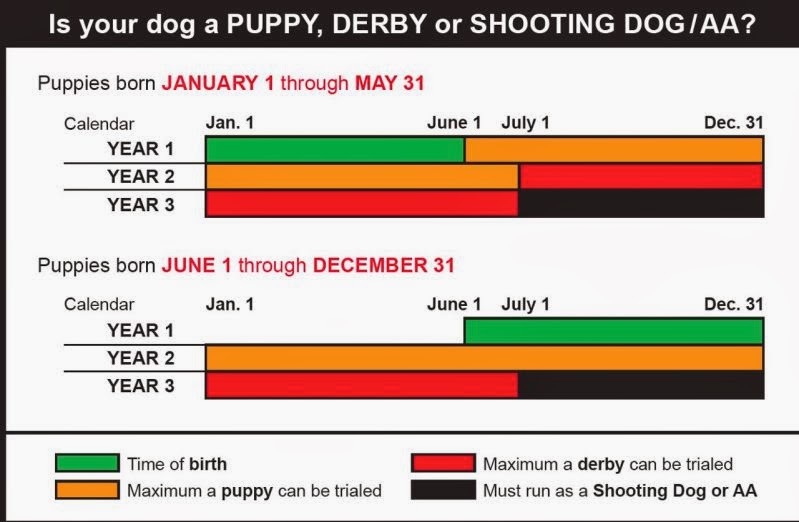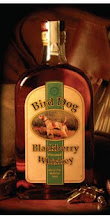
Every once in a while, I get to read something that is so bizzare that it makes me wonder how these people function in the real world... so, here's a dose of "weirdness" for the day...
VERMONT -- People for the Ethical Treatment of Animals sent a letter to Ben Cohen and Jerry Greenfield, cofounders of Ben & Jerry's Homemade Inc., urging them to replace cow's milk they use in their ice cream products with human breast milk, according to a statement recently released by a PETA spokeswoman. "PETA's request comes in the wake of news reports that a Swiss restaurant owner will begin purchasing breast milk from nursing mothers and substituting breast milk for 75 percent of the cow's milk in the food he serves," the statement says. PETA officials say a move to human breast milk would lessen the suffering of dairy cows and their babies on factory farms and benefit human health. "The fact that human adults consume huge quantities of dairy products made from milk that was meant for a baby cow just doesn't make sense," says PETA Executive Vice President Tracy Reiman. "Everyone knows that 'the breast is best,' so Ben & Jerry's could do consumers and cows a big favor by making the switch to breast milk."
In a statement Ben and Jerry's said, "We applaud PETA's novel approach to bringing attention to an issue, but we believe a mother's milk is best used for her child." Read PETA's letter to Ben Cohen and Jerry Greenfield dated September 23, 2008
Dear Mr. Cohen and Mr. Greenfield,On behalf of PETA and our more than 2 million members and supporters, I'd like to bring your attention to an innovative new idea from Switzerland that would bring a unique twist to Ben and Jerry's. Storchen restaurant is set to unveil a menu that includes soups, stews, and sauces made with at least 75 percent breast milk procured from human donors who are paid in exchange for their milk. If Ben and Jerry's replaced the cow's milk in its ice cream with breast milk, your customers-and cows-would reap the benefits. Using cow's milk for your ice cream is a hazard to your customer's health. Dairy products have been linked to juvenile diabetes, allergies, constipation, obesity, and prostate and ovarian cancer. The late Dr. Benjamin Spock, America's leading authority on child care, spoke out against feeding cow's milk to children, saying it may play a role in anemia, allergies, and juvenile diabetes and in the long term, will set kids up for obesity and heart disease- America's number one cause of death. Animals will also benefit from the switch to breast milk. Like all mammals, cows only produce milk during and after pregnancy, so to be able to constantly milk them, cows are forcefully impregnated every nine months. After several years of living in filthy conditions and being forced to produce 10 times more milk than they would naturally, their exhausted bodies are turned into hamburgers or ground up for soup. And of course, the veal industry could not survive without the dairy industry. Because male calves can't produce milk, dairy farmers take them from their mothers immediately after birth and sell them to veal farms, where they endure 14 to 17 weeks of torment chained inside a crate so small that they can't even turn around. The breast is best! Won't you give cows and their babies a break and our health a boost by switching from cow's milk to breast milk in Ben and Jerry's ice cream? Thank you for your consideration.
Sincerely,
Tracy ReimanExecutive Vice President
PETA also pointed out that "humans are the only species that intentionally drink the milk of another species" Wow... it makes it sound as us "milk-eaters" are some type of vampires... never mind the fact that our entire ecological system is based upon "eat and be eaten." Perhaps PETA should go after those carnivores out there who are ravaging other species by eating them. Good luck with that.
The whole idea gives credence to some more interesting marketing ideas... how about "Ben & Jerry's Ice Cream "by the jug!"
OK... I'm going to lunch... I think I'll go have a bowl of ice cream. Cow ice cream, please.




 Pierce and Walker head to the bird fields as the morning fog lifts...
Pierce and Walker head to the bird fields as the morning fog lifts... Pierce heels Walker, gunners in tow...
Pierce heels Walker, gunners in tow...
 The proud handler!
The proud handler!














